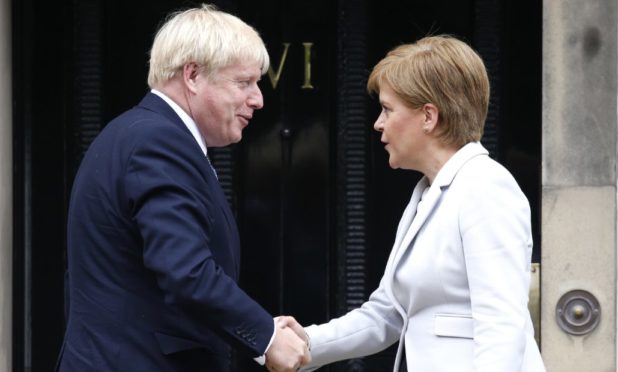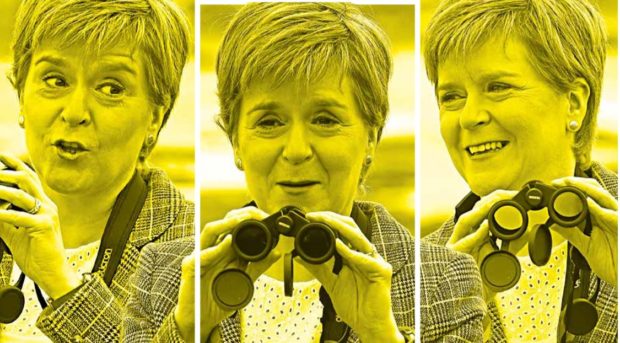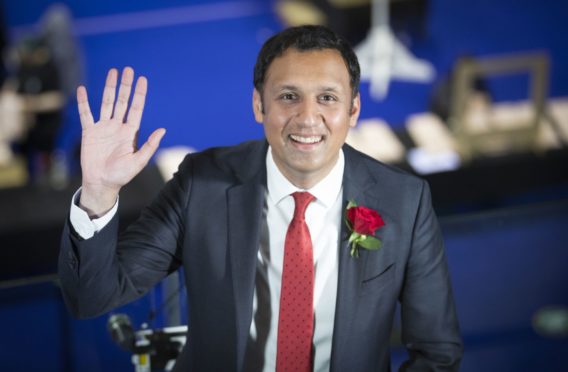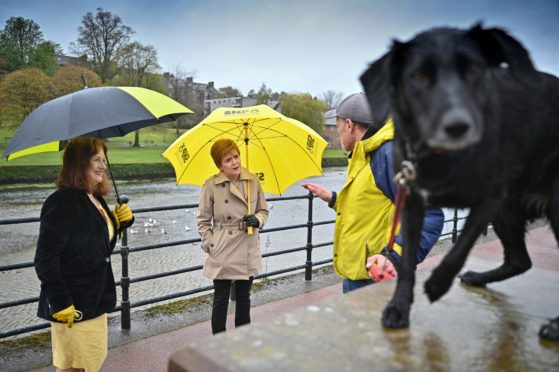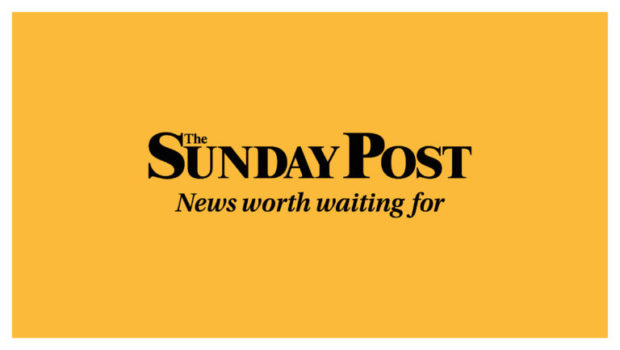
Beauty, so it goes, is in the eye of the beholder. So are election results, at least for the Scottish Tories. And the question “did the Tories do well?” has two answers – yes and no.
Let’s start with the positive. The Tory election strategy was laser-focused on convincing unionists to vote for them in the regional list ballot as a way to stop the SNP majority which they said would “guarantee” a second independence referendum. This was true to the extent that, in my view, they appeared prepared to sacrifice a handful of their constituencies in the knowledge that a strong performance on the regional list would ensure the electoral system replaced the lost MSPs.
The aim, then, was to maximise the roughly one-quarter of the population who voted for the Tories in the 2019 General Election; in effect, this is their ceiling. It was a highly functional strategy, well executed by Douglas Ross. Every leaflet through my door was about stopping a second independence referendum, and it formed the answer to almost every question Douglas Ross was asked on television, even when the question was about something else.
He cut an angry, anti-nationalist, anti-referendum figure, which is precisely what that 25% wanted to see. And he got that vote out. He kept his seats in Holyrood. And he will no doubt claim to have prevented the majority which the UK government will now no doubt claim was the deal-breaker in granting a second referendum.
But what about the other side of the coin? Douglas Ross is the leader of Scotland’s primary opposition party and faced a three-term government which, as even many cabinet secretaries privately admit, is tired. In every other democratic country in the world, that leader would be expected to be in with a serious chance of winning the election.
Not in Scotland. Ross was explicitly not aiming to win the election; merely to limit the size of the government’s victory. He did not put forward a programme for an alternative government; merely a programme to stifle the current government’s central policy.
Ross and his Tories are now faced with a choice. They can continue as a single-issue protest party; they seem to enjoy it and they have proven effective at it for the last two Scottish elections, and the last two General Elections. And for as long as the SNP is agitating for indyref2, there will be space for a resistance movement.
Or they can take the fundamental steps required to turn themselves into an alternative government. As well as a coherent policy platform, this will require a credible, thoughtful and enduring position on the future of Scotland in the UK. Nobody seriously thinks that the current status quo is built to last, and for the centre-right to turn itself into an alternative government, it first has to create an alternative vision for the UK.
Andy Maciver is a political analyst, former communications director for the Scottish Tories, and co-founder of PR consultancy Message Matters

Enjoy the convenience of having The Sunday Post delivered as a digital ePaper straight to your smartphone, tablet or computer.
Subscribe for only £5.49 a month and enjoy all the benefits of the printed paper as a digital replica.
Subscribe